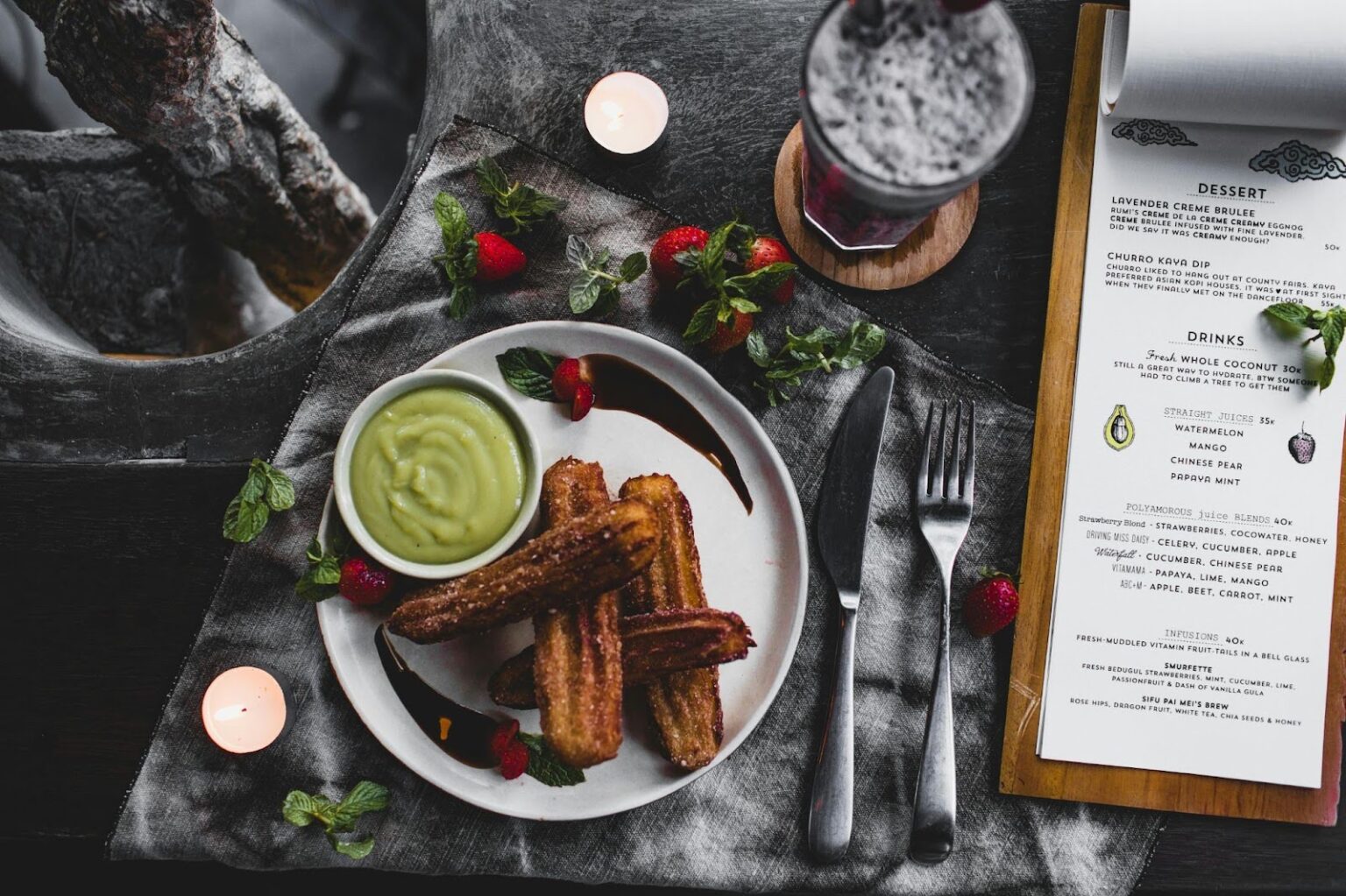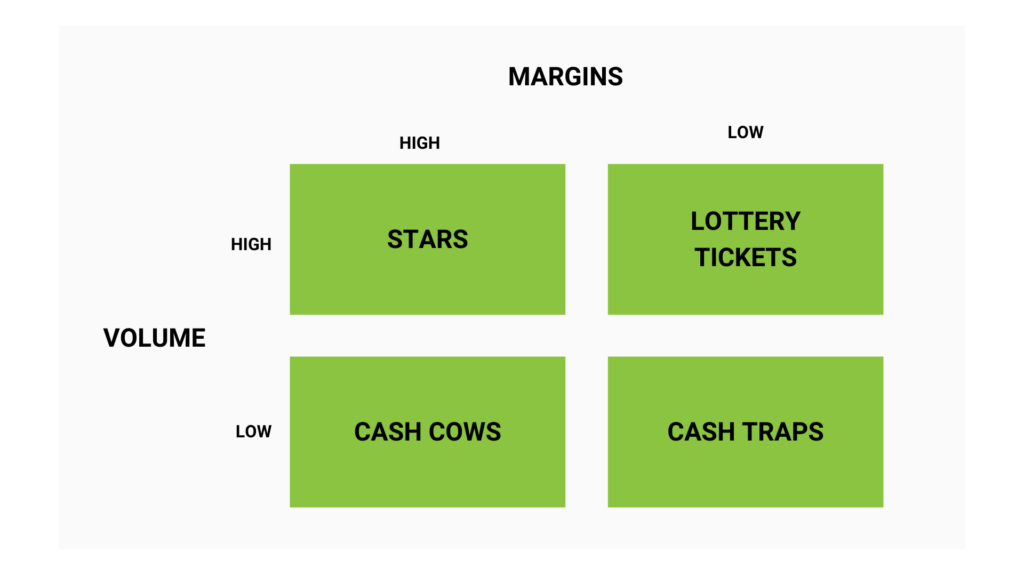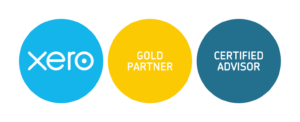How To Strategically Set Restaurant Menu Pricing in 2024

As a restaurant or bar owner, you already know that your menu can make or break your business. Customer loyalty, repeat business, and profitability are just a few critical business fundamentals that rely on how well-executed (or not) your menu is.
When first starting, it’s something many restaurant owners love to do. Creating the recipes, photographing the meals, and detailing the taste experience you hope patrons will have. It’s fun!
However, a successful menu needs a few other ingredients in it, pun-intended, to compete with neighboring eateries and online options.
Food quality, portion control, waste, dish differentiation, presentation, restaurant ambiance (or lack thereof), and cost should come together in your restaurant pricing to profit at the close of the day.
Also, nothing in our world stands still, so updating menu prices is as vital as deciding them for the first time.
If you’re pricing your menu for the first time in 2024 or it’s simply time for a bit of an update, here’s how to go about it.
Why Menu Planning is Important
Why are we placing so much weight on your restaurant menu pricing efforts? It is, after all, only a paper or digital list of products you’re selling that, in some instances, won’t number more than twenty.
The answer is that while it’s a menu to you, it’s also the pathway to sound business planning – if done with forethought. We find that restaurant owners who approach the restaurant pricing challenge step by step:
- End up ordering fewer ingredients from suppliers.
- Get their preparation and cooking routines spot on.
- Release pressure in the drive-through lanes.
- Decrease wastage.
- Lower food costs all around.
A Strategic Approach to Restaurant Pricing
Let’s look at this diagram:

Rank your menu items on two constructs: popularity ($ volume) and Gross Profit Percentage (Margin – see above).
Simply put:
- Cash Cows are menu items you know are not big sellers and won’t be, no matter how much you push them, but when they move, the percentages (i.e., margins) are great!
- Stars are items you can’t get enough of—the margins are high, and they move like hotcakes.
- Cash Traps, conversely, are items that make your stomach flip for the wrong reasons. Why? They’re options that have outstayed their welcome, somehow slipping through the cracks, selling little and delivering thin margins when they eventually move.
- Lottery Tickets (LTs) sell like crazy, like a Costco hot dog. However, you must move a ton to realize a tidy sum that makes sense. Why?
- Frequently, LTs are up-and-coming menu items (or loss leaders to encourage mainstream sales) ahead of hopefully increasing the margins and pushing them into the Star quadrant.
- The danger here is that inadequate monitoring can result in LTs slipping into dollar losses if you lose control of the already low margins.
- Why do we call them Lottery Tickets? Over time, they either graduate to Star quality or dive into Cash Trap territory.
When managing your menu, here’s a general rule to follow:
- Remove the Cash Traps.
- Focus on improving the Lottery Tickets with potential.
- Prioritize the Stars.
- Keep the Cash Cows as long as they don’t hurt your Stars or Lottery Tickets.
And remember, while the matrix above is a compelling restaurant pricing strategy framework, it’s not straightforward.
Sometimes, items that don’t make much profit on their own are necessary because they pair well with popular items (like fries with a burger). In these cases, it’s important to consider combinations rather than individual items.
Regularly review and adjust your menu to ensure you’re maximizing profits while keeping customers happy.
Bring In MarginEdge – the software that’ll tie it all together for you
As you can see, running a successful restaurant is complicated.
Without good inventory management software like MarginEdge, you might end up losing money and falling behind.
We’ve written an in-depth blog on why we recommend MarginEdge to our clients, but in short:
MarginEdge’s AI-driven software helps by:
- Alerting you instantly when prices change unexpectedly.
- Providing easy-to-read reports on your profits, costs, and overall performance.
- Giving you daily updates on your revenue, costs, margins, and profits, comparing what you expected with reality.
- Allowing you to experiment with different pricing and ingredient scenarios to see how they affect your profits.
The software aligns with your recipes, tracks your inventory, and gives you accurate information to make better decisions quickly.
Our Final Thoughts on Menu Pricing in 2024
When setting your menu prices, it’s crucial to know what your competitors are charging.
Imagine how customers will react to your prices compared to others. If you use outdated data, you’ll get bad results, so always do your research.
Remember these four key points:
- Know what makes your restaurant special and use it to your advantage.
- Be aware of your weaknesses and work on them.
- Offer the right menu at the right time and place. For example, selling food at a high-traffic event can justify higher prices.
- Practice strict portion control to ensure consistency and reduce waste. Make sure your cooks know exactly how much of each ingredient to use for every dish.
Also, set your prices to match the value and experience your restaurant provides. This will help you achieve the results you want.
For more tips on raising prices, check out How-to Increase Restaurant Food Pricing in 2024—we think you’ll find it useful!
If you need further help, visit our Getting Started page or use the calendar below to get in touch. We’re always here to help.
Until next time.

By MATT CIANCIARULO



